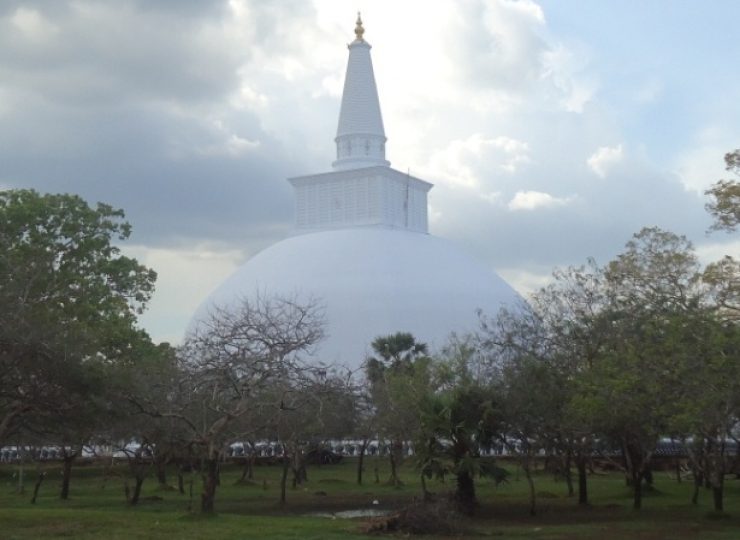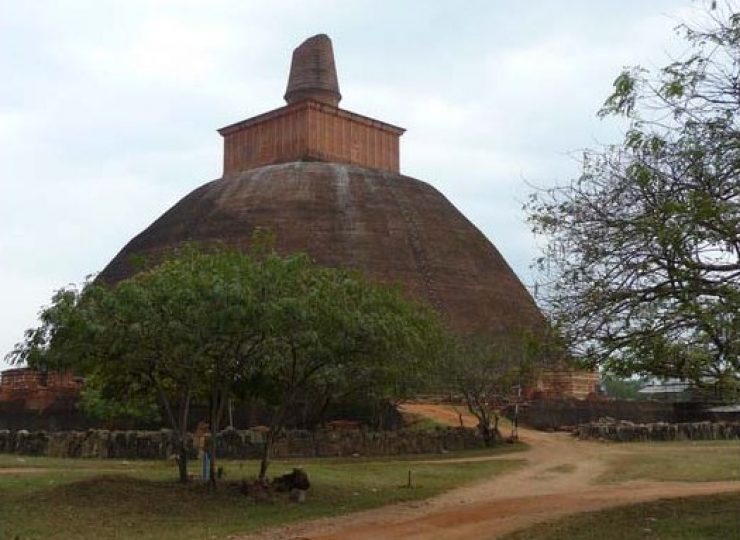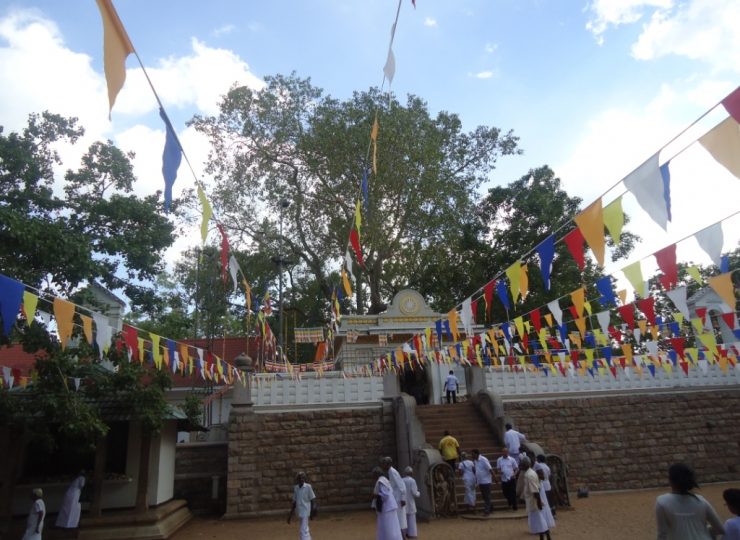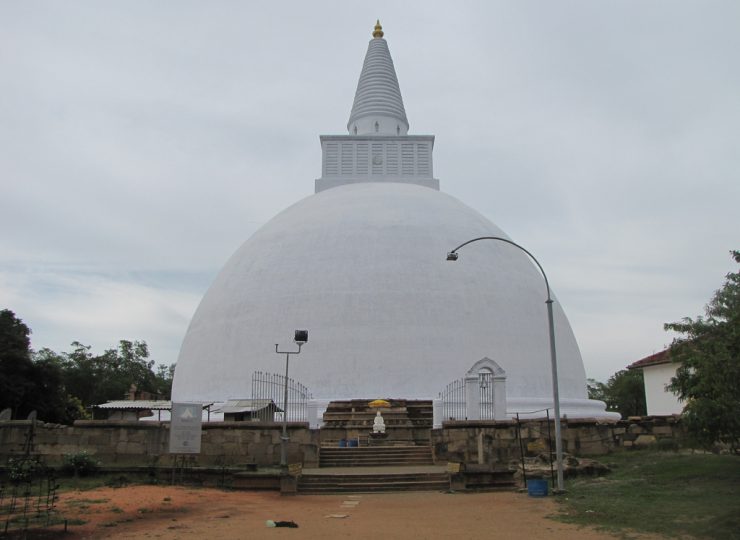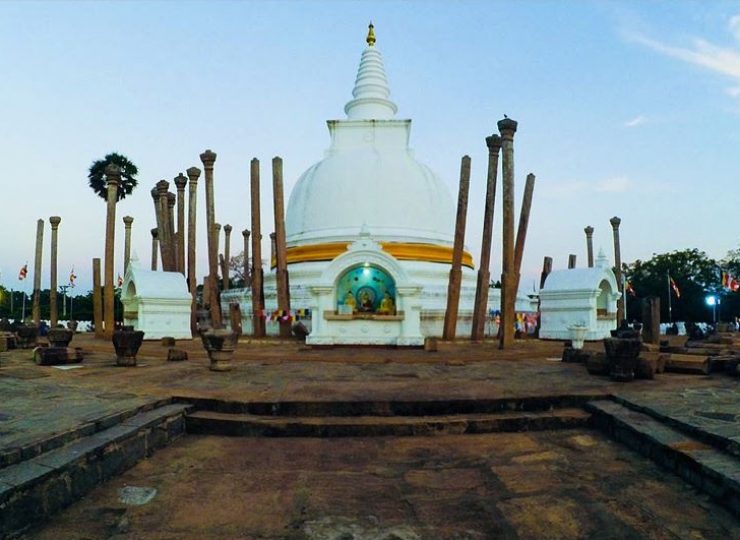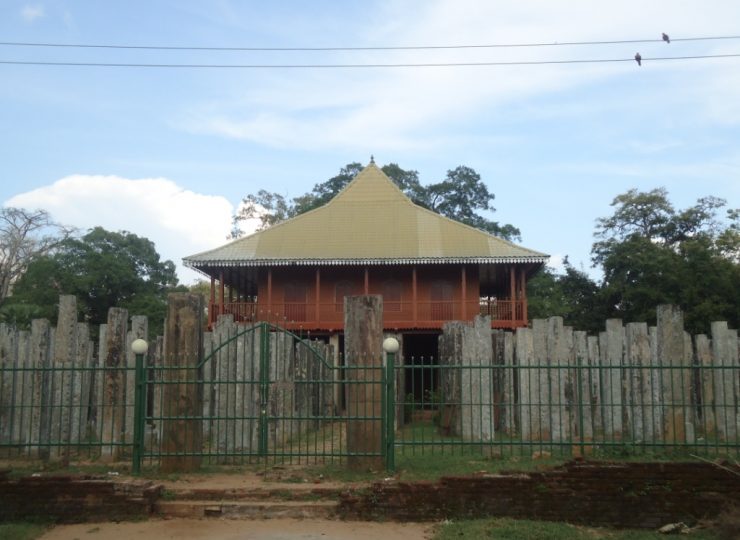Made by king Valagambahu. Forth Son of King Saddathissa. Built in 1st century BC it stands at 74.98 metres to the tip of the damaged spire. It is the second largest stupa in the island today. According to the 5th century traveller Chinese monk Fa-Hsien’s descriptions, this stupa has been 400 feet (122 metres) in height and has been decorated with gold and silver and studded with all kinds of jewels.
King Valagamba ascended the throne in 103 AD. He waged war with the Tamils and was defeated. When he fled, a Nigantha named Giri shouted words of derisive mockery at him. Later the king collected an army attacked the Tamils by slaying the last of their leaders, and recovered the throne he had lost. It is said that he demolished Nigantaramaya (the temple of the Niganthas) and built the Abhayagiri Vihara in the same premises. Shortly after this event, the monks of the Mahavihara took disciplinary action against one of the bhikkus of the Abhayagiri Vihara, for violating a rule of the vinaya. Thereafter the bhikkhus of the Abhayagiri Vihara founded a separate sect there.
King Valagamba’s reign is marked by an important event – the first schism in Buddhism in Ceylon. Most learned bhikkhus lives in Abhayagiri Vihara. It consisted of a large library. It is recorded that during the reigns of King Voharakatissa and King Gothabhaya this library was destroyed and the heretical monks driven away. King Parakramabahu the Great of Polonnaruwa renovated Abhayagiri Vihara, then the height is said to have been 140 cubit]s.
In the year 1875, Abhayagiri Vihara which had a diameter of 307 feet (94 m) at its base, stood to a height of 231 feet (70 m). The relics of the Buddha are said to have been enshrined in a figure of a bull made out of thick gold.


